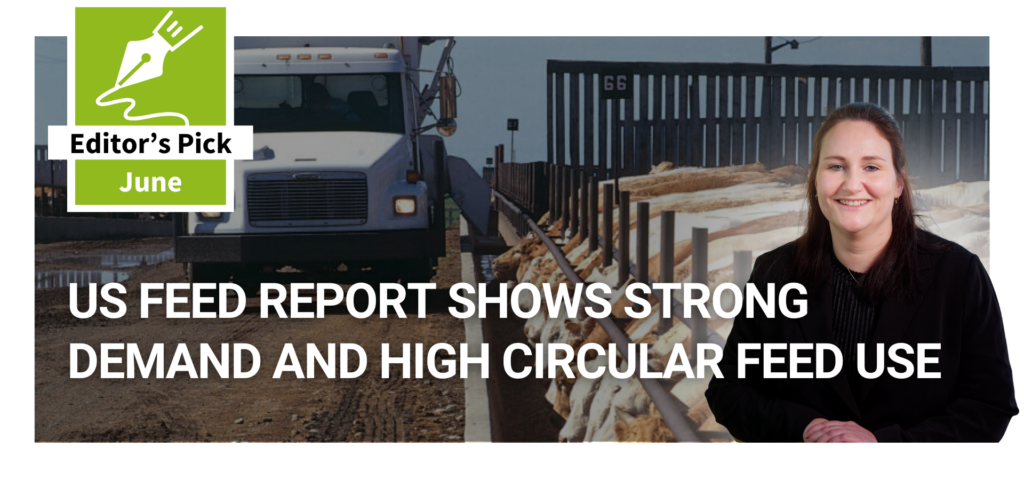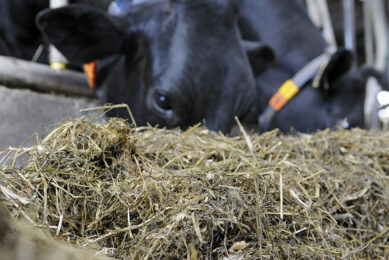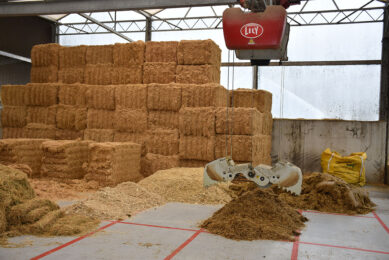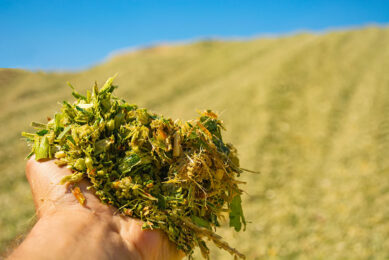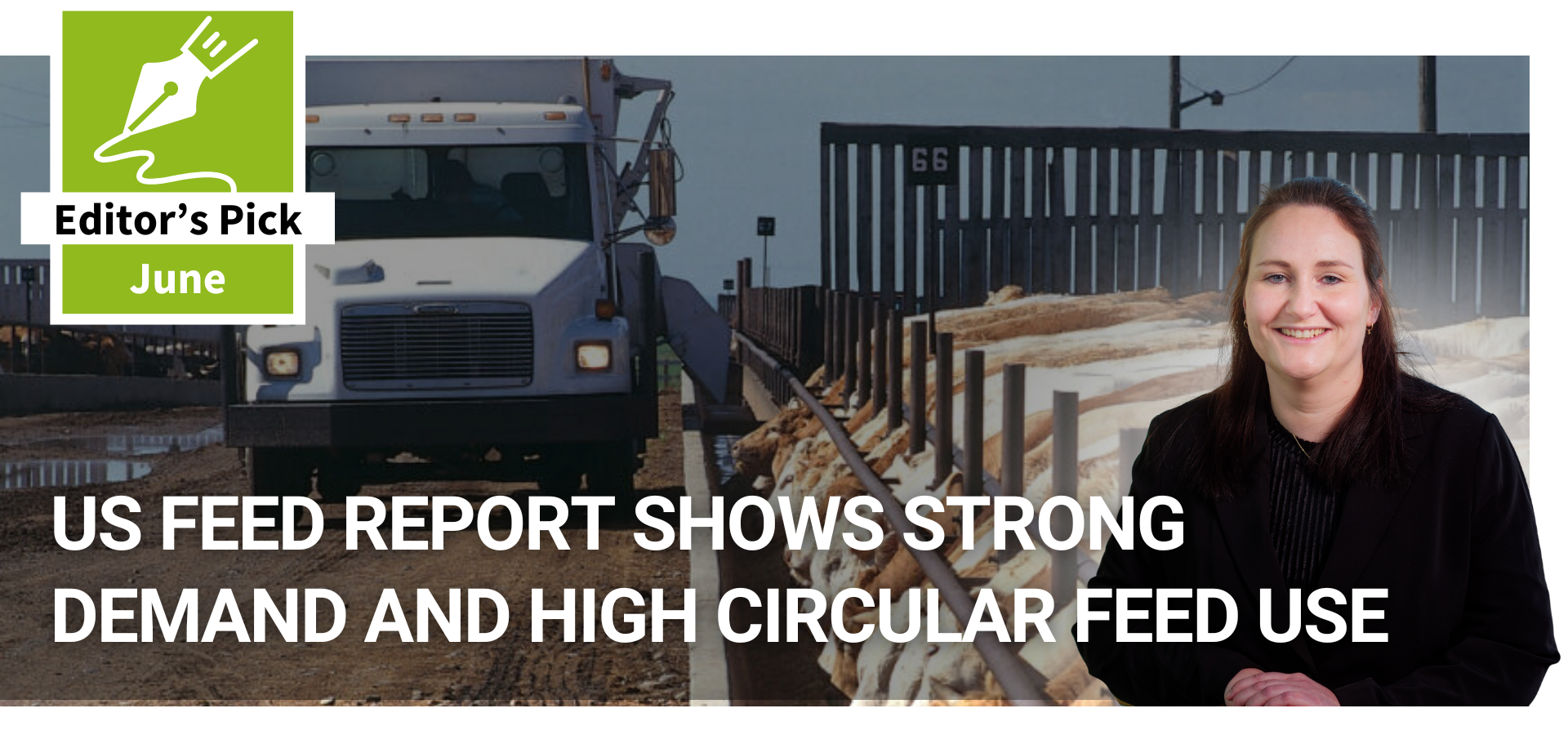Heat stressed crops? Harvest early and try crimping
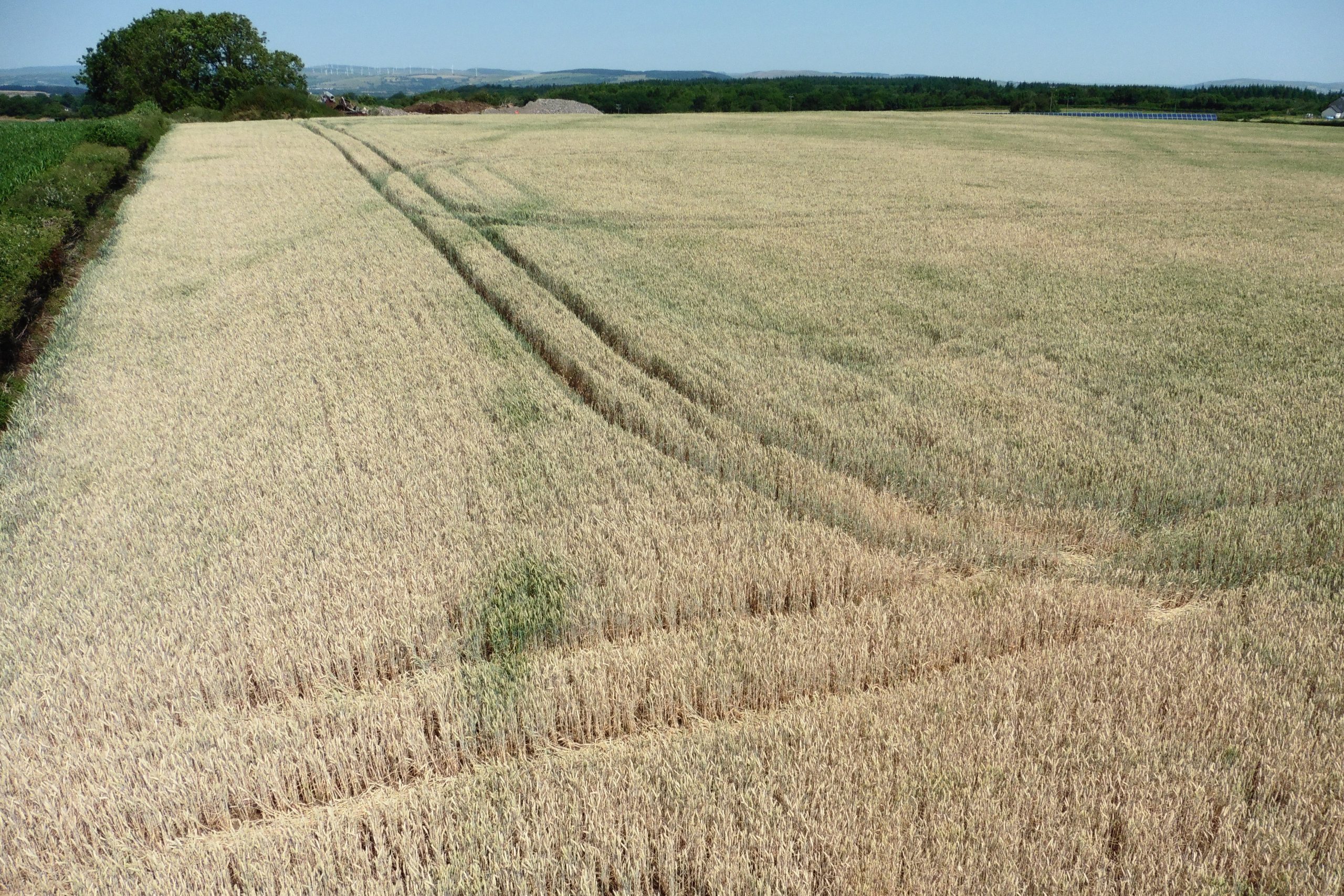
Crimping can reduce losses in drought-hit cereals. Harvesting the crops at the earliest opportunity can be preserved easily by crimping. This will minimise disease losses, shrivelling and loss of grain.
This is according to Andy Strzelecki, technical director with feed preservation specialists, Kelvin Cave Ltd in the UK.
Heat stressed crops
While some winter barley may have already been harvested, winter wheat, and some spring-sown crops – many of which were drilled late and then hit by a cold, wet spring – are now suffering from further stress as the hot, dry weather continues. These conditions are diminishing the crop every day, rather than filling the grain, so many farmers are anticipating even lower yields as time ticks away. “For every day without rain and with continued high temperatures, the grain harvest gets smaller and smaller. If growers leave their crops in the ground until full maturity, they could be harvesting little more than budgie seed!” says Strzeleck.
Preservation through crimping
Strzeleck therefore advises producers to consider harvesting at the earliest opportunity, and while the grain is ‘firm and cheesy’. “Cereals harvested at this stage – usually between 25% and 45% moisture – can be preserved easily by crimping, and the earlier harvest will minimise disease losses, shrivelling and loss of grain,” he says. The crimping process involves the rolling of early-harvested cereals through a crimping machine to expose the carbohydrate and protein, and the application of a preservative. It is then clamped, consolidated and sheeted, in much the same way as silage, and so requires no specialist equipment for most producers. “A further advantage is that crimped cereals are safer to feed in quantity to ruminants than dried rolled grain, and they also result in better performance,” he says.
Depending on a farm’s circumstances
However, whilst Mr Strzelecki advocates crimping where growers are able to use or sell their grain as concentrate feed, he says in some instances a better option will be to turn their cereal crops into whole crop silage. “The choice will depend on each farm’s circumstances, the severity of the drought and the amount of forage in store,” he says. “Many livestock producers started this season with completely depleted forage reserves and – while they may have taken reasonable first and second cuts of grass silage – they are seeing little regrowth for either grazing or subsequent silage cuts.
Compound feed production statistics from around the world – reflect trends in the animal feed market
Why crimp grain?
- Maximises nutrient value, digestibility and dry matter yield/ha
- Enables earlier harvest at peak nutritional value
- The process is simple – crimp, ensile, feed
- No drying or specialist storage is required
- Allows early establishment of follow-on crops
- Reduces grain loss in the field
- Harvest is less weather-dependent
- Turns home-grown moist cereals into quality, digestible and palatable concentrate feed
- Improves animal performance over dry-rolled cereals
- Safer to feed in quantity to ruminants than dry-rolled cereals
- Backed by over 40 years successful use in Finland and northern Europe
Author:
Ann Hardy



